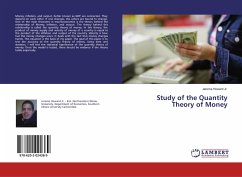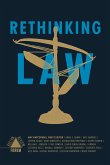Money, inflation, and output, better known as GDP, are connected. They depend on each other. If one changes, the others are bound to change. One of the main theorems in macroeconomics is the theory behind the relationship of Money, inflation, and output. The theory behind this relationship is called the quantity theory of money. In this theory, the product of money supply and velocity of money of a country is equal to the product of the inflation and output of the country. Velocity is how fast the money changes users. It deals with the fact that money changes hands. This equation is the basis of my paper. The goal of this paper is to test the accuracy of the quantity theory of money. Using data and statistics, I will test the statistical significance of the quantity theory of money. Once the model is tested, there should be evidence if the theory holds empirically.








